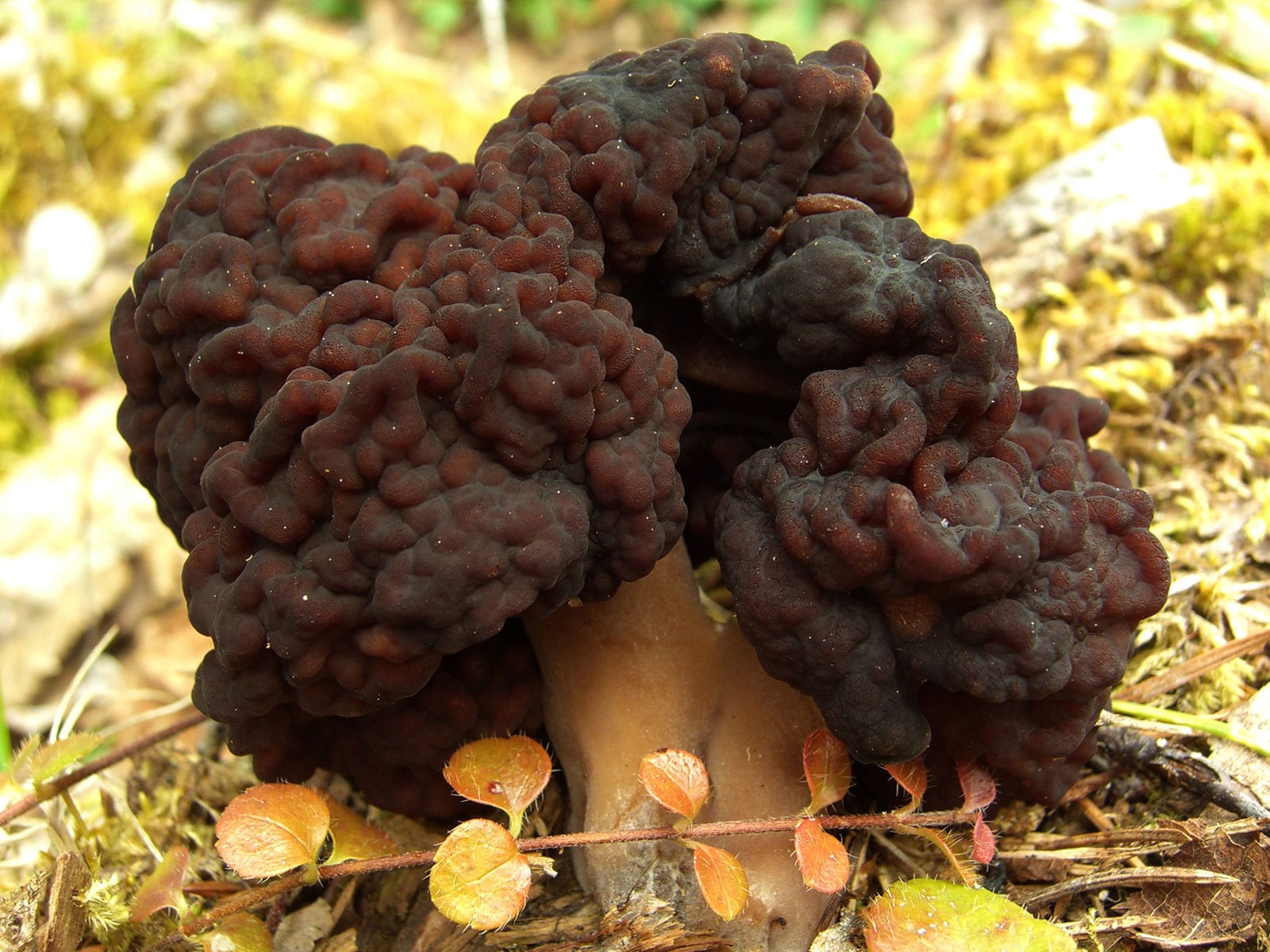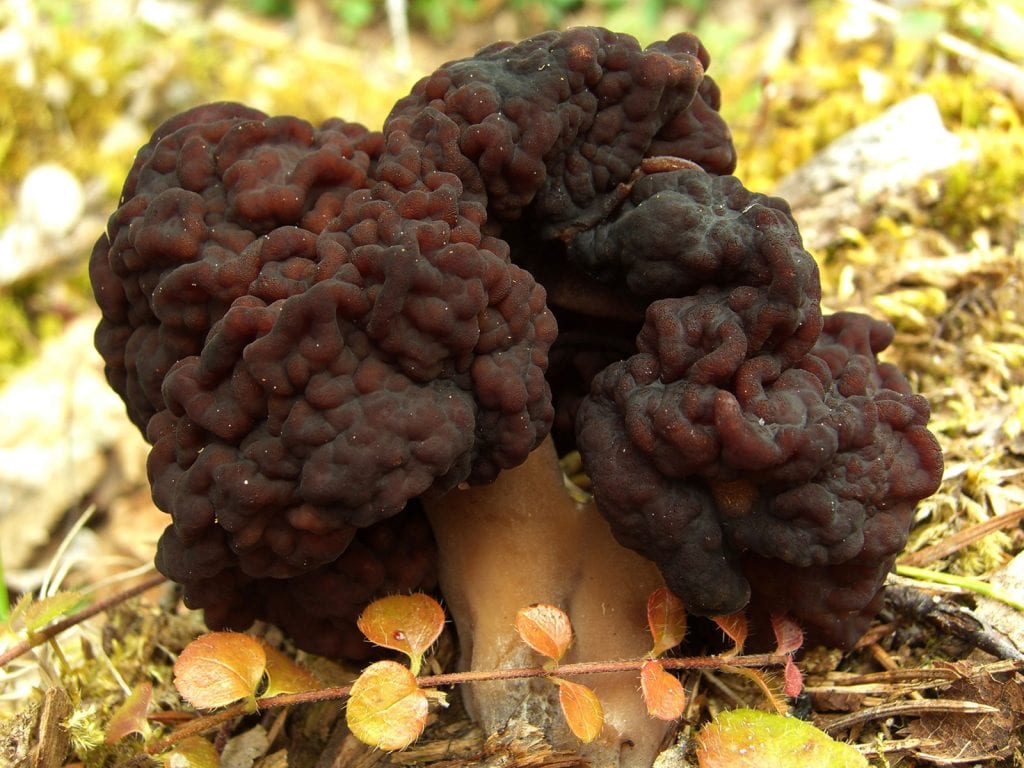Physical Address
304 North Cardinal St.
Dorchester Center, MA 02124
Physical Address
304 North Cardinal St.
Dorchester Center, MA 02124




Morel mushrooms are often described as looking like a brain or like a honeycomb. This is an apt description, however, it means that the new forager might find themselves harvesting a dangerous look-a-like. It is relatively easy to tell the difference between the morel and the false morel if you know the characteristics and you have done the due diligence of studying. Before you head out morel hunting, though, make sure you understand exactly what the differences are between the two types. The false morel, also called the beefsteak morel, contains a toxin that can be fatal.
What Does a False Morel Look Like?
The cap of G.esculenta is large, bulging, oddly shaped, and reddish brown in color. It looks like a convoluted or lobed brain with irregular ridges all over it. The stem is yellowish or pinkish white and is not hollow. As it matures, the cap turns very dark and almost black. The cap ranges from 4-8 cm tall to 3-12 cm wide and the stem ranges from 3-9 cm tall and 1-3.5 cm wide.
The false morel grows under conifer trees, specifically pine, in Spring and Summer. It has also been found under aspen trees. The false morel prefers sandy soils but also is known to grow in a wide variety of locations, including disturbed ground areas like roadsides, lumber roads, washes, plowed area, and forests which have recently experienced fires.
How Can I Tell the Difference Between a True Morel and False Morel?
The number one identifying characteristic that differs between the two is hollowness. Most true morels are completely hollow from top to bottom, cap and stem. G.esculenta, the false morel, does not have a hollow stem. Of course, we wouldn’t be discussing morels if there weren’t some outliers that make identification difficult. Several morels have chambered stems, meaning they will have ridges inside the stem that divide it into chambers. This can look like they are not hollow but they still are since there is no flesh inside the ridges. The stem of the false morel is filled with fleshy tissue or cottony like fibers. If you have any hesitation around identification, cut the mushroom in half. And if you can’t tell with 100% accuracy, discard it!
There are other factors that differ between the two as well. The cap of the false morel is generally wider than it is tall, as opposed to most morels which usually have caps that are taller than they are wide. Also, the cap of the true morel is usually conical or egg-shaped while the false morels’ cap is irregularly shaped, looks like it is bulging out, and is often lobed.
Will the False Morel Make Me Sick?
The short answer is yes and definitely if eaten raw. The long answer is, maybe. As with all things mushroom related, it better to be safe than sorry, and so it is strongly recommended that you do not eat this one. The false morel contains gyromitrin which converts into a toxic compound called monomethylhydrazine (MMH) when eaten. MMH is sometimes used in producing rocket fuel. MMH poisoning causes vomiting, diarrhea, lethargy, headaches, and can lead to a coma and death after 5-7 days. The first symptoms will show up within 6-12 hours after eating. This mushroom is not always fatal and symptoms can clear up after 2-6 days of illness.
That all being said, there are some people and cultures who consume it as a delicacy. They parboil it or prepare it in other ways before consumption. Some preliminary studies show that this may not be safe either since the toxin can build up over years and cause problems long after the mushrooms have been consumed.
Before you go morel hunting, make sure you have studied pictures of the false morel side by side with the true morel. Do not take chances with this one. And, as always, if you have any questions at all, consult an expert or throw the mushroom out. It is not worth your life to take a chance.